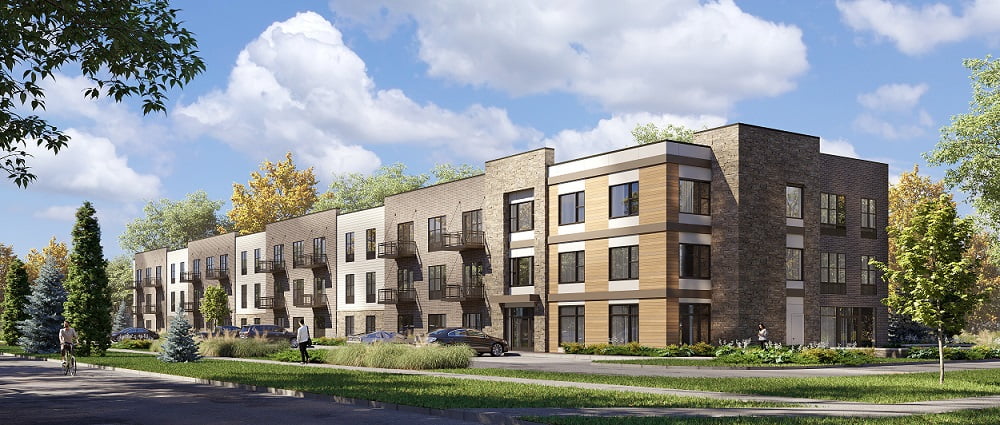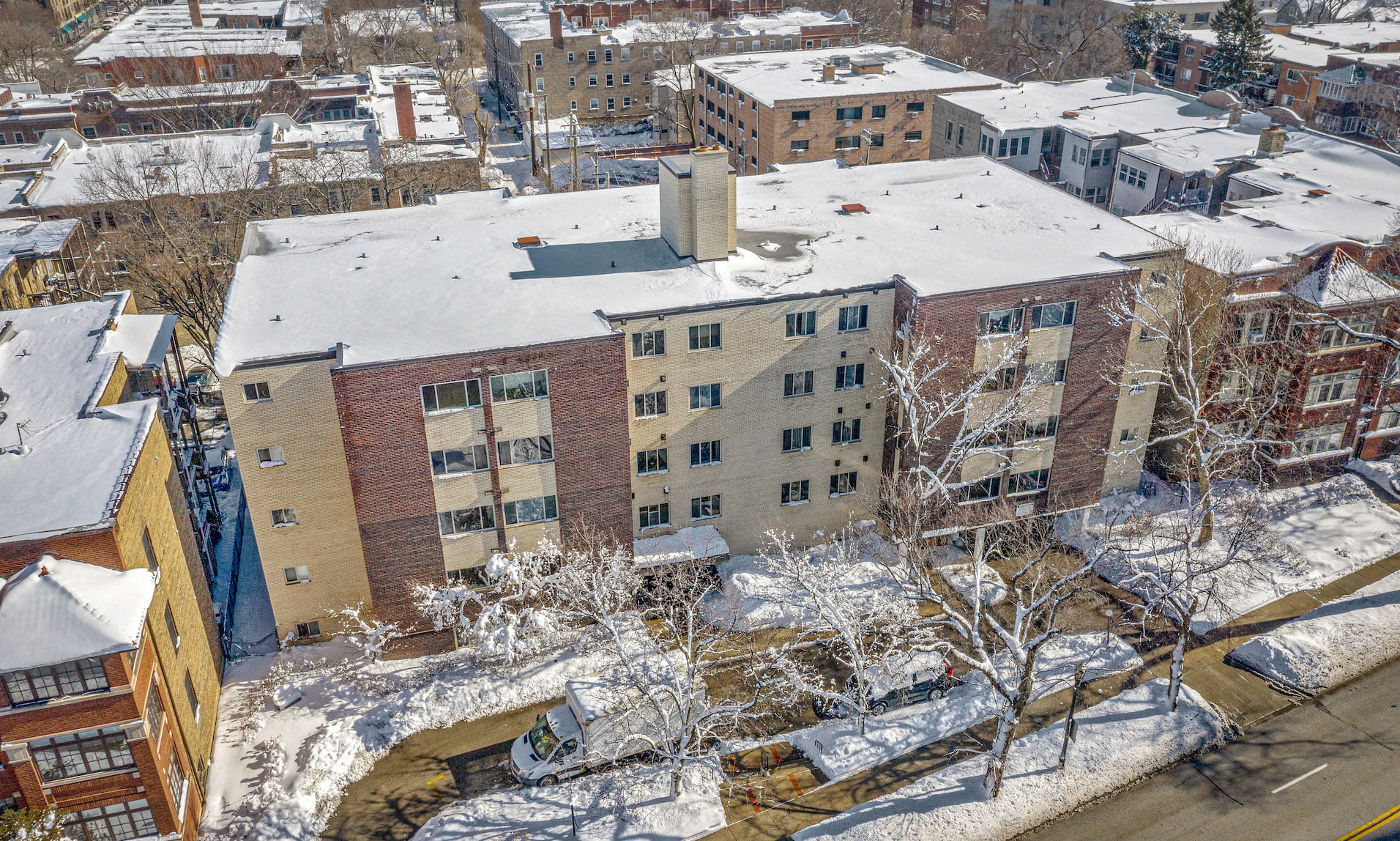03.04.21
Looking into the crystal ball: What will the multifamily property of the future look like?

We really don’t have to hazard a guess as to what the multifamily property of the future will look like, because the future is now. The coronavirus pandemic has accelerated the transformation of apartment buildings. Common areas have undergone a facelift. Exercise rooms are monitored more closely. Cleaning protocols have been upgraded. Virtual tours are in vogue.
The pandemic, which among other things could hasten the development of the 5G infrastructure, has changed the multifamily landscape, in some ways permanently.
Demetrios Barnes, chief operating officer of SmartRent, noted in a post on the website Smartcitiesdive.com that this is not the first time a healthcare crisis has led to change in the housing sector. He pointed to the cholera pandemics of the 19th Century as examples. There were six of them (and another in the 20th Century), beginning with one in India’s Ganges Delta in 1817. They killed millions, but according to Barnes they also led to sewage systems and indoor plumbing becoming more commonplace in urban settings.
He also cited tuberculosis as sparking improved filtration of water supplies and the 1918 Spanish Flu leading to a reexamination of ventilation standards. As he put it:
Pandemics have historically jumpstarted city innovation, and COVID-19 is no different. … Housing trends have reflected health trends over time as we continue to adapt to new knowledge of disease prevention and technological evolution. Each pandemic has shown us something new about what residents need in their housing.
As mentioned, remote work is one of the big factors that has impacted the multifamily space during the pandemic. McKinsey reports that just 22 percent of American workers can do their jobs from home three to five days a week, primarily in such occupations as finance, insurance, management, professional, scientific and technical services and IT.
That same organization, relying on a survey of office managers, concluded that following the pandemic there will be a 36 percent increase in work performed outside the office, as compared to how much was done in that setting before the outbreak.
Common areas, already reconfigured for remote work (not to mention remote learning), will have to remain that way — though the hope is that social distancing will no longer need to be taken into consideration. That means dividers or ventilation systems no longer need to be anything out of the ordinary. Or that actual gatherings — maskless, face-to-face — might be able to take place again. (Now that vaccines have been rolled out, there is, at least, light at the end of the tunnel.)
Another thing certain to remain part of the multifamily landscape is digital innovation, like the ability to pay rent online or take a virtual tour of a property. Both were already in the pipeline before the pandemic, but then became a near-necessity after the outbreak occurred.
Multihousingnews.com cited a survey showing that virtual tours were only slightly less fruitful than those done in person; the latter resulted in 42 percent of leases, the former, 37 percent. (Self-guided tours, another nod to COVID-19 precautions, resulted in 27 percent.)
All of this figures to serve as a boon to a sector that Lee Kiser, principal of the Chicago-based brokerage firm The Kiser Group, described as “the golden child of commercial real estate investment asset classes” in a piece for Forbes, while acknowledging that it has “taken a hit” during the pandemic. That is particularly true of such properties in urban areas. With telecommuting becoming increasingly common, large numbers of workers have fled such locales for smaller cities and suburbs, with their lower price points and open spaces (which would presumably make them a little safer from the virus).
As an example, CNBC noted that as of September 2020, the number of empty rental apartments had nearly tripled in Manhattan compared to the same month a year earlier, to about 15,000. And smaller cities such as Huntsville, Alabama, Pensacola, Florida, Colorado Springs, Omaha and Reno, Nevada, were, in the meantime, seeing an influx of multifamily residents, according to Multihousingnews.com, as were the suburbs.
Wherever the units are, developers are showing increased adaptability to meet residents’ needs. Ben Creamer, founder and managing broker of Downtown Apartment Company in Chicago, told MHN that he has seen various examples of that, not the least of which were the aforementioned transformation of common areas into individual spaces. He called it “inspiring to see so much innovation and resiliency in the apartment market.”
This is the offshoot of the pandemic, and very likely one of the few positive things to come out of it. It has forced the multifamily sector to embrace its future, to accelerate changes that were already lurking somewhere on the horizon. And residents have been all the better for it.
